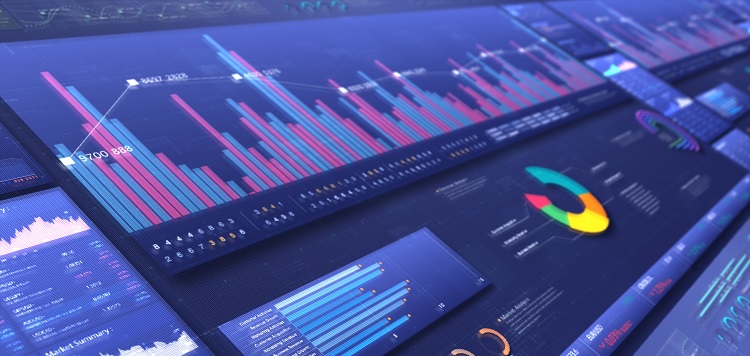Artificial intelligence (AI) is rapidly transforming the world we live in, and human resources (HR) analytics is no exception. With the increasing amount of data HR professionals are dealing with, the use of AI-based models such as LLMs is becoming more prevalent in HR analytics. LLMs are designed to understand, generate, and process human language, enabling more efficient and accurate analysis of text data. In this article, we will explore the benefits of incorporating LLMs into HR analytics and discuss some of the applications of this technology in the field.
What are LLMs, and how do they work in HR analytics?
LLMs are AI-based models that use natural language processing (NLP) algorithms to understand and process human language. They analyze and interpret textual data by recognizing patterns and relationships among words, phrases, and sentences.
In the context of HR analytics, LLMs can be used to process a variety of text-based data, including job descriptions, resumes, employee feedback, and company policies. By analyzing this data, LLMs can help HR professionals identify patterns and trends that would be difficult or impossible to detect manually.
Benefits of incorporating LLM into HR analytics
One of the primary benefits of incorporating LLMs into HR analytics is improving decision-making. By analyzing text-based data, LLMs can provide HR professionals with insights into what is working and what needs improvement. This data can be used to make informed decisions about everything from job design to employee training and development.
Seat at the boardroom table
The use of LLMs in HR analytics can also help HR professionals get a seat at the boardroom table when it comes to overall strategy. By providing data-driven insights and recommendations, HR professionals can demonstrate the value they bring to the organization and earn more influence and respect.
Enhanced data analysis and interpretation
Traditional analysis methods can struggle to process and interpret complex human language. LLMs make it easier to analyze and understand this data, providing HR professionals with a more complete picture of what is happening within their organization. With LLMs, HR professionals can identify patterns and trends that would be impossible to detect using traditional methods.
Applications of LLM in HR analytics
LLMs can help HR professionals develop more accurate job descriptions and requirements, saving time and mitigating bias. By analyzing existing job descriptions and requirements, LLMs can identify patterns and make recommendations for improvement. This can assist HR professionals in attracting more qualified candidates and reducing the time and resources required in the recruitment process.
Recruitment Automation
LLMs can help automate parts of recruitment, such as screening resumes and cover letters, and conducting initial interviews. By automating these tasks, HR professionals can save time and get a more accurate picture of each candidate’s potential fit with the organization.
Identifying candidates who align with the company culture
LLMs play a significant role in identifying candidates who align with the company culture and values. By analyzing text data, LLMs can identify patterns in language and use this information to match candidates with the company’s values and culture. This can help ensure that new hires are a good fit for the organization and are more likely to stay for the long term.
Employee feedback and sentiment analysis
Using LLMs for analyzing employee feedback and conducting sentiment analysis can provide valuable insights into employee satisfaction. By analyzing text data from employee surveys, LLMs can identify patterns in language and provide HR professionals with a more complete picture of employee satisfaction. This can help HR professionals identify areas for improvement and take action to address these issues.
Tracking employee performance
LLMs can help track employee performance and provide feedback on potential areas for improvement. By analyzing text data from performance reviews, LLMs can identify patterns in language and provide HR professionals with insights into each employee’s strengths and weaknesses. This can help HR professionals develop more effective training and development programs, thus improving overall employee engagement, and retention.
HR compliance and legal tasks
Finally, LLMs can save time and resources by automating parts of HR compliance and legal tasks. By analyzing policies and procedures, LLMs can identify areas of non-compliance and make recommendations for improvement. This can help HR professionals ensure that the organization is compliant with relevant laws and regulations, and reduce the risk of legal action.
Incorporating LLMs (machine learning models) into HR analytics can have a significant impact on the effectiveness and efficiency of HR professionals. By providing data-driven insights and recommendations, LLMs can help HR professionals make informed decisions and improve overall organizational performance. With the increasing amount of data that HR professionals are dealing with, the use of LLMs is likely to become even more prevalent in the years to come.

